Mempool Transaction Fee Calculator
Calculate how much to pay in fees to get your transaction confirmed quickly. This tool simulates real-world mempool behavior based on current network conditions.
For Ethereum: gas units
Note: This is a simulation based on current network conditions
How this works: Miners select transactions with the highest fees first. During network congestion, only high-fee transactions get confirmed quickly. This calculator simulates typical mempool behavior based on network activity.
When the mempool is busy, transactions with lower fees may take hours or days to confirm.
What the Mempool Actually Is
When a crypto wallet sends a payment, it first lands in the Mempool a temporary holding area on each node where unconfirmed transactions wait to be picked up by miners. Think of it as a waiting room at a busy airport - transactions line up, and the next one to board depends on a few rules.
How a Transaction Gets Into the Mempool
Before a transaction joins the queue, the node runs a quick health check: does the sender have enough balance? Is the digital signature valid? Is the nonce in the right order? If everything looks good, the transaction is stored in the mempool and announced to peers.
Nonce sequencing matters because a missing number forces all later transactions from that address to stay put until the gap is filled. This is why you sometimes see a cluster of pending payments that all share the same "stuck" status.
mempool priority - The Fee Game
The biggest lever you control is the Transaction fee the amount of cryptocurrency a user pays to incentivize miners to include their transaction in the next block. Miners run a simple profit calculation: pick the highest‑paying jobs first. When the network is calm, a low fee might still get you in a block within minutes. When demand spikes - say, after a price rally - the fee market heats up, and only those who pay a premium see fast confirmations.
Beyond Fees: Size, Complexity, and Age
Fees aren’t the whole story. Miners also consider how much space a transaction consumes. A transaction with many inputs, outputs, or complex scripts takes up more bytes, meaning fewer of them can fit into a Block the fixed‑size data container that miners add to the blockchain every few minutes. So a high‑fee, huge‑size transaction might sit behind a slightly lower‑fee, smaller one.
Some miners add a secondary rule: age. If a transaction has been waiting for a while and still offers a decent fee, it can move up the line. This helps clear older, stuck payments during moderate congestion.
Network Congestion and the Fee Market
When the Bitcoin network the original public blockchain that uses proof‑of‑work and a 10‑minute block interval or any other chain experiences a surge in usage, the mempool fills fast. Imagine a highway during rush hour; the number of cars (transactions) exceeds the number of lanes (block space). The result? Longer wait times for low‑fee users, sometimes stretching to hours or days.
Ethereum faces a similar issue, but it calls the fee the Gas the unit of computational work needed to execute operations on the Ethereum network. When DeFi activity spikes, gas prices can skyrocket, reflecting the same supply‑demand dynamics.
Who Actually Picks the Transactions? - Miners and Validators
The decision‑makers are the Miner a participant who solves cryptographic puzzles to create new blocks and collect rewards (or validators in proof‑of‑stake chains). Their software scans the local mempool, orders transactions by fee (and the other factors mentioned), and bundles the top‑ranked set into the upcoming block.
Because each node runs its own mempool, miners might see slightly different queues. However, the fee‑first rule is universal - it ensures the network stays economically sustainable as block rewards halve over time.
Wallets and User Controls
Modern wallets give you three quick options: low, medium, and high priority. Behind the scenes, they calculate an appropriate fee based on current mempool conditions. Advanced wallets let you type a custom fee, letting power users fine‑tune their placement in the queue.
Pro tip: If you’re not in a rush, set a low fee and watch the mempool. Most nodes expose a live “mempool size” metric, so you can gauge when congestion eases and your transaction slides forward without paying extra.
Best Practices for Getting Confirmed Quickly
- Check the current fee market - many block explorers show a recommended fee range for the next 1‑3 blocks.
- Keep transaction size small. Fewer inputs and outputs mean less block space used, which can lower the fee you need.
- If you’re sending multiple payments, consider batching them into one transaction to save space.
- Watch the mempool size. A sudden drop means fees will likely fall, so you can resubmit with a lower amount.
- Use a reputable Wallet software that creates, signs, and broadcasts cryptocurrency transactions that automatically adjusts fees based on real‑time data.
What Happens After a Transaction Is Picked?
Once the miner includes your transaction in a block, the block is broadcast, and every node removes the transaction from its mempool. The transaction is now a permanent entry on the blockchain, and the sender’s balance is updated. If the block later becomes orphaned (replaced by a longer chain), the transaction returns to the mempool and the process starts again.
Future Directions - Scaling and Mempool Evolution
Developers are experimenting with ways to make mempools more efficient. Some proposals suggest a shared, global mempool so that miners see a unified queue, reducing duplicate work. Others focus on dynamic block sizes that expand during peak demand, giving more space for high‑fee transactions without sacrificing security.
Layer‑2 solutions, like Bitcoin’s Lightning Network or Ethereum’s rollups, aim to move many small payments off‑chain entirely, easing pressure on the main mempool and lowering fees for the remaining on‑chain activity.
Quick Checklist for Managing Your Transactions
- Verify your nonce sequence - missing numbers will stall all later payments.
- Estimate the fee using a live fee calculator or your wallet’s recommendation.
- Keep the transaction size as low as possible.
- Monitor mempool size and fee market before broadcasting.
- Consider batching or using a layer‑2 solution for frequent small transfers.
FAQs
Why does my transaction stay pending for hours?
Most often it’s a fee issue. During congestion, miners prioritize the highest‑paying transactions. If your fee is below the market rate, your payment will wait until the mempool clears or you raise the fee.
Can I cancel a transaction that’s already in the mempool?
Yes, by sending a replacement transaction with the same nonce and a higher fee (the “replace‑by‑fee” method). The new transaction supersedes the old one in the mempool.
What’s the difference between transaction fee and gas?
On Bitcoin the term is “transaction fee.” On Ethereum it’s called “gas,” which measures computational work. Both serve the same purpose: rewarding miners/validators for including the transaction.
Do larger transactions always pay higher fees?
Not necessarily. Fees are usually quoted per byte (or per gas unit). A large transaction can still be cheap if you set a low fee‑per‑byte, but it may be pushed down the priority list.
How do layer‑2 solutions affect mempool congestion?
Layer‑2 networks move many small payments off‑chain, which reduces the number of transactions competing for block space on the main chain. This generally lowers average fees and shortens wait times.

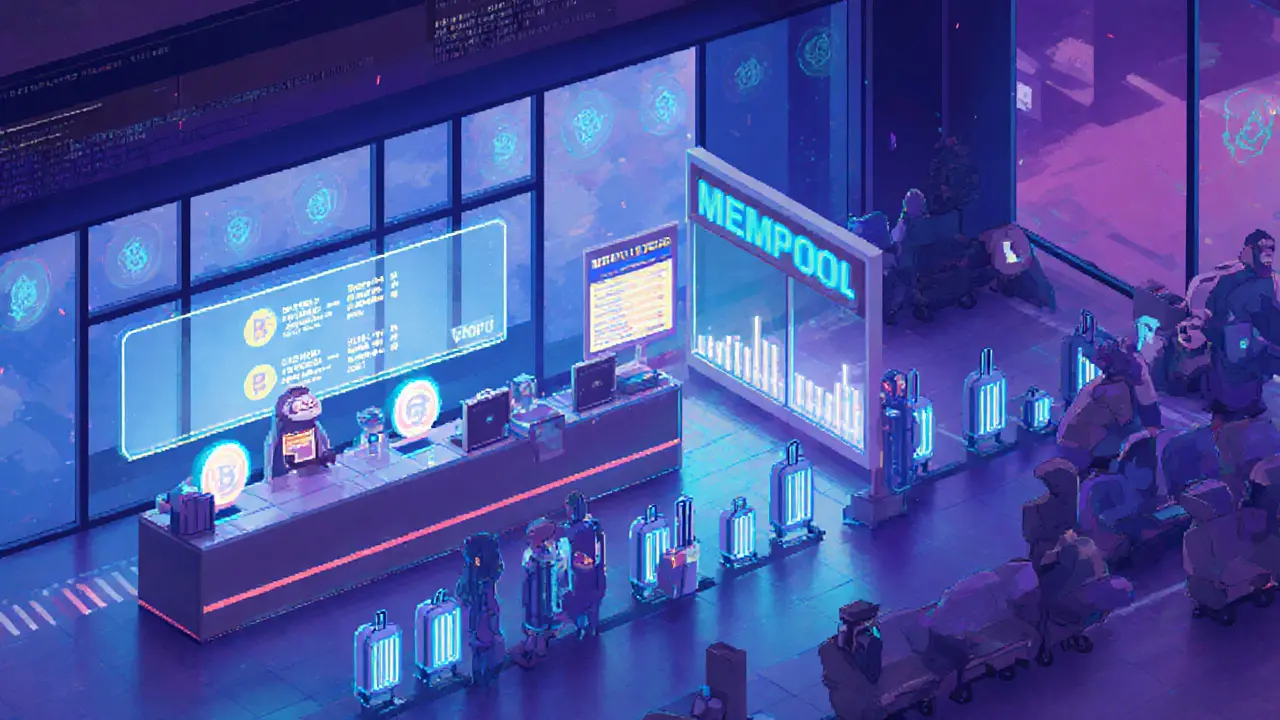
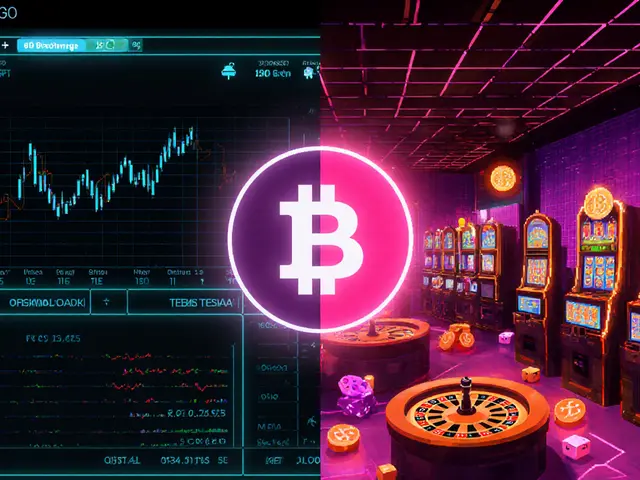

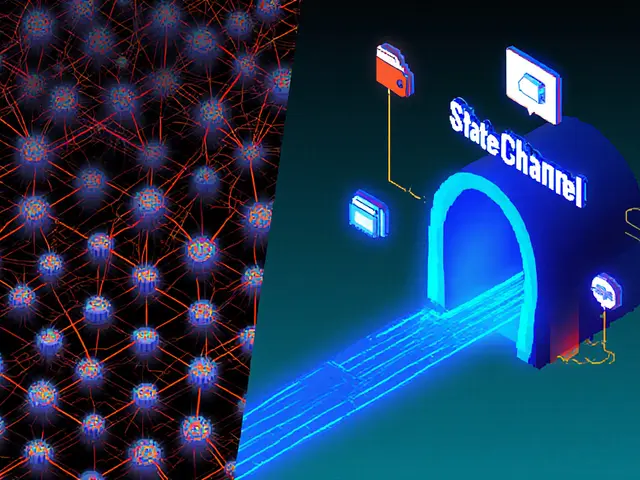
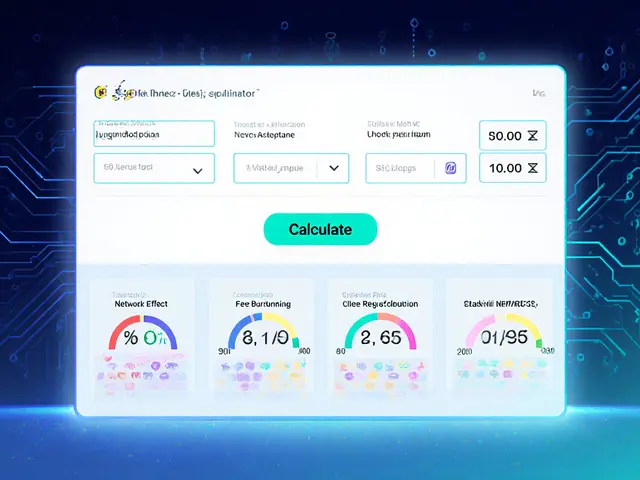
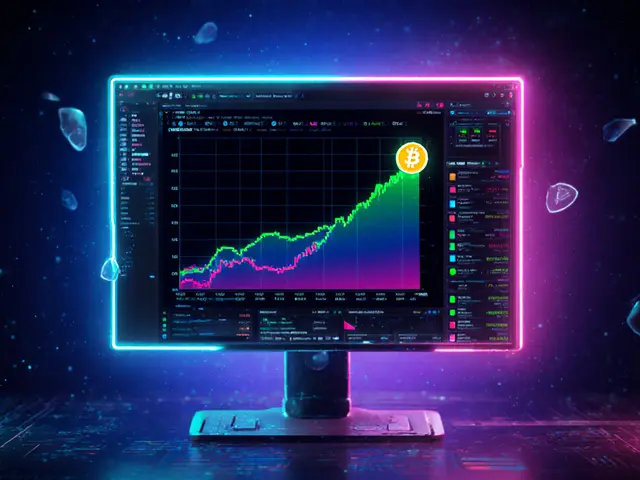
Scott McCalman
October 23, 2025 AT 09:13Alright folks, strap in because the mempool isn’t some mystical black hole-it’s just a waiting room for your transactions, and miners are the bouncers who only let the highest‑fee guests in first 😎. If you set a low fee while the network is buzzing, expect your tx to linger longer than a Netflix binge on a slow connection. On the flip side, bumping the fee a bit can get you into the next block faster than a coffee‑run sprint. Keep an eye on the live fee charts and you’ll dodge those dreaded “stuck” statuses!